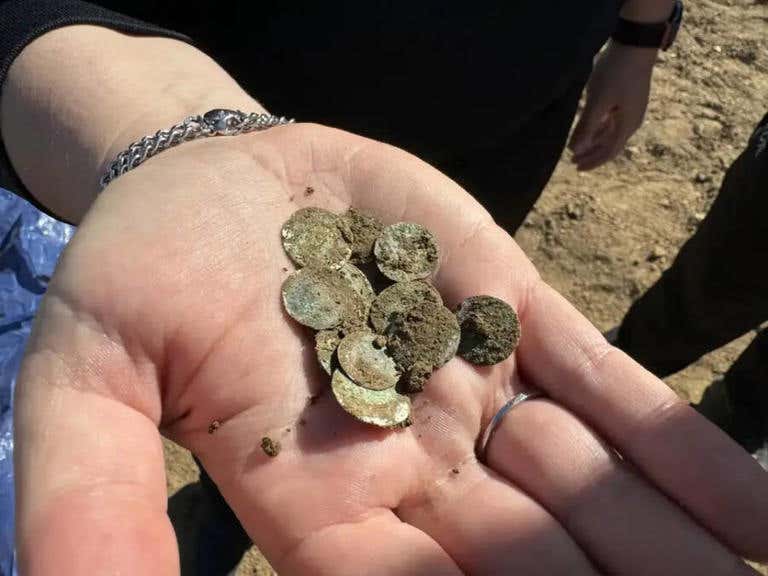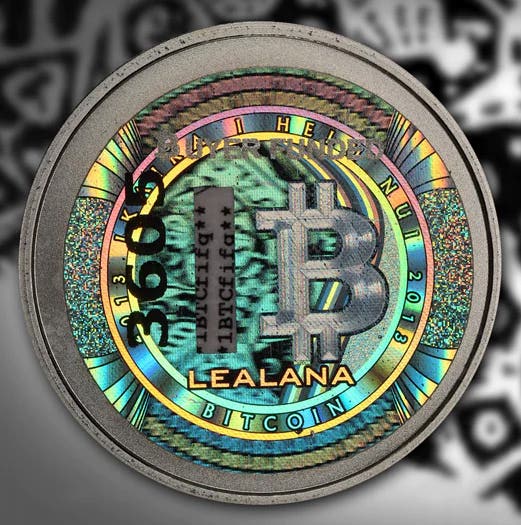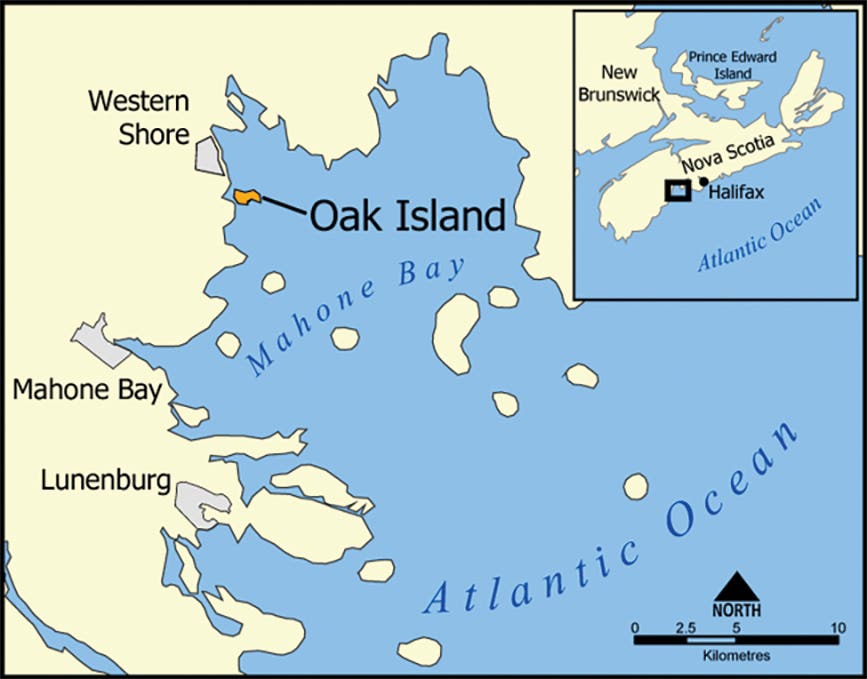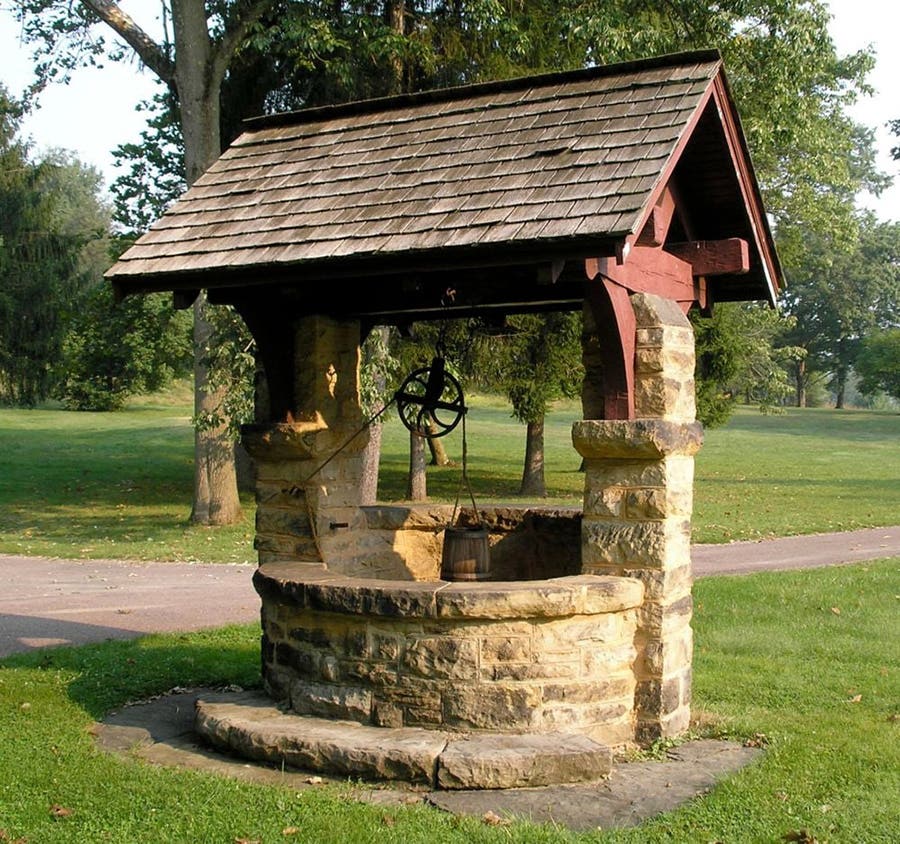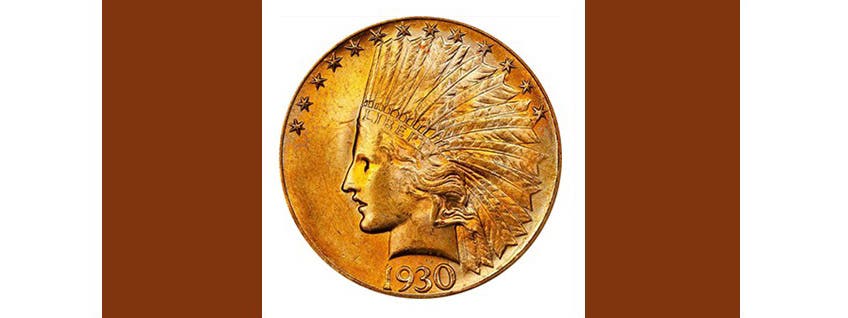Sometimes It Takes a While
Clark, Gruber & Co. was formed as a Leavenworth, Kan., banking business in March 1858 by Austin M. Clark, Milton E. Clark, and Emanuel H. Gruber. This was shortly after…
Clark, Gruber & Co. was formed as a Leavenworth, Kan., banking business in March 1858 by Austin M. Clark, Milton E. Clark, and Emanuel H. Gruber. This was shortly after the Colorado gold rush began full-steam.
The company quickly became the largest purchaser of gold dust recovered in the Colorado Territory, but the 10 percent cost for insurance and transportation of gold to the Philadelphia Mint, and the three weeks to three months where funds were tied up, were huge expenses.
To eliminate these costs, in December 1859 Clark traveled to Philadelphia and New York to purchase the machinery needed to strike coins. The company purchased three adjacent lots in Denver in January 1860 on which to build a minting business. By early July, the Denver location opened for business as an assay office and a private gold coin mint.
Gold sold to Clark, Gruber & Co. was so voluminous that the minting operations ran for 24 hours a day for most of the next two years. By October 1860, the company’s $2.50, $5, $10 and $20 issues had become the dominant medium of exchange in Colorado.
Production standards at this private mint were consistently so high that an assay report from the Philadelphia Mint in July 1861 stated these coins “to be of professed value, or slightly over.”
Clark, Gruber & Co. was able to purchase gold dust by paying out its own coinage or writing checks and drafts drawn on the business. By 1862, when it ceased striking coins and continued only to produce gold bars, the firm had minted $594,305 face value in gold coins.
The U.S. government began to issue Demand Notes not backed by gold or silver in early 1861. In August of that year, Clark, Gruber & Co. began to issue its own $5 certificates redeemable on demand for the company’s gold coins. Later it also issued $1, $2 and $3 certificates. Because the private certificates were redeemable on demand for gold, they traded at a premium to the U.S. government’s unbacked currency.
A bill to establish a branch U.S. mint in Denver was introduced in the U.S. House of Representatives in December 1861. There were also competing proposals to establish branch mints in Nevada (because of the Comstock Lode silver discovery) and in New York (for being the financial center of America). However, only that for Denver was then adopted, in legislation approved on April 21, 1862. This legislation authorized the spending of as much as $75,000 to purchase the Clark, Gruber & Co. mint.
Various glitches occurred that delayed the transfer of ownership of the Clark, Gruber & Co. Denver building and operations to the U.S. government until April 16, 1863. The federal government finally opened up its operation as only an assay office on Sept. 24, 1863. By the time the U.S. government had acquired the minting facility, sentiment in Congress about establishing any branch mint had changed.
The U.S. government operated out of the former Clark, Gruber & Co. building technically as a branch mint from 1863 to 1869, but it did not strike any coins. It only operated as a refinery, assayer and manufacturer of gold bars. In 1869, Congress formally reclassified the operation to that of an assay office.
It took until March 1895 for Congress to pass legislation calling for establishment of the branch mint in Denver to strike gold and silver coins. The law mandated construction of a new building to incorporate current technology. The land for the mint was purchased in April 1896. The new mint building was occupied in 1904, but there was one final delay to the beginning of operations.
The minting equipment destined to be used at the Denver Mint was instead first diverted for use at the Lewis and Clark Centennial Exposition in Portland, Ore., from June to October 1905. After moving this equipment to the Denver Mint, it was able to begin striking coins in February 1906, almost 44 years after the initial branch mint legislation was enacted.
Part of the funding for the Denver Mint was provided by the sale of the former Clark, Gruber & Co. building later in 1906.
Sometimes it takes a while.
Patrick A. Heller was honored as a 2019 FUN Numismatic Ambassador. He is also the recipient of the American Numismatic Association 2018 Glenn Smedley Memorial Service Award, 2017 Exemplary Service Award, 2012 Harry Forman National Dealer of the Year Award and 2008 Presidential Award. Over the years, he has also been honored by the Numismatic Literary Guild (including twice in 2020), Professional Numismatists Guild, Industry Council for Tangible Assets and the Michigan State Numismatic Society. He is the communications officer of Liberty Coin Service in Lansing, Mich., and writes Liberty’s Outlook, a monthly newsletter on rare coins and precious metals subjects. Past newsletter issues can be viewed at www.libertycoinservice.com. Some of his radio commentaries titled “Things You ‘Know’ That Just Aren’t So, And Important News You Need To Know” can be heard at 8:45 a.m. Wednesday and Friday mornings on 1320-AM WILS in Lansing (which streams live and becomes part of the audio archives posted at www.1320wils.com).



